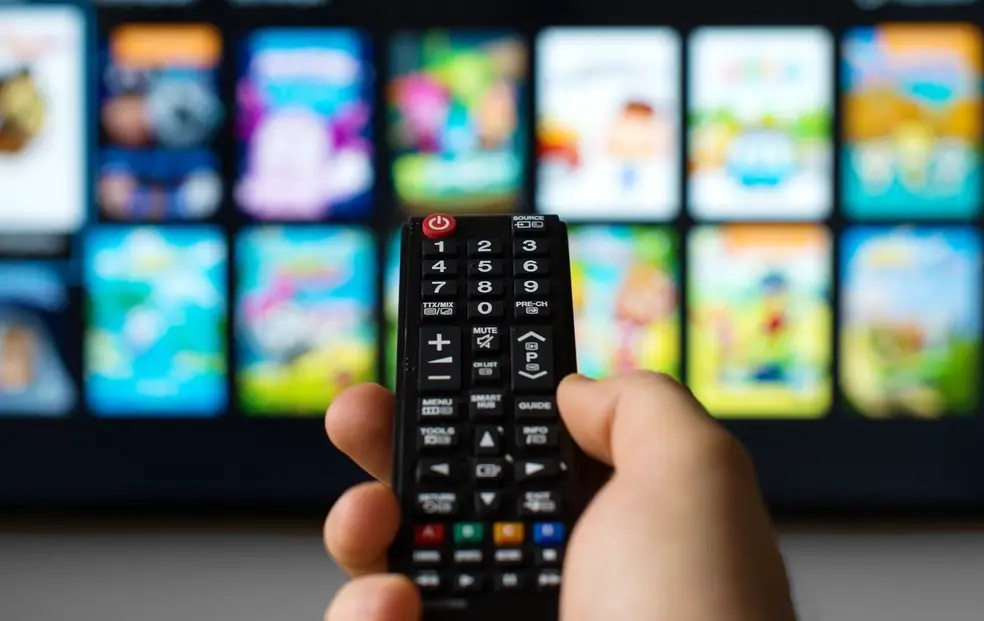In 2007, the DVD rental by mail business Netflix decided to release select films and television shows on the Internet through streaming. The same year saw the release of Hulu, another service that allowed users to stream current episodes of television programs. It’s hard to imagine now, but back when both services began, the idea seemed revolutionary. Using the power of the Internet, one can view their favorite programs or films on their computers or even their laptops, meaning they can watch whatever they want at any time or any place.
Such an ingenious concept resulted in both becoming massive worldwide phenomenons, inspiring a long trend of companies attempting to cash in on the streaming craze. Amazon’s Prime service allowed members the access to hundreds of free movies and TV shows. HBO created HBO Now, allowing people to watch “Game of Thrones” without paying extra for their cable subscription. Channels like CBS, Showtime and Starz would follow HBO, creating their own online subscription services for their programs, without the need of a cable provider.
Services like Sling TV, Playstation Vue, YouTube TV and DirecTV Now were created as cable alternatives, offering livestreams of select television channels at a cheaper price than the usual cable package. And just recently, The Walt Disney Company announced they were canceling their previous contract with Netflix in favor of two streaming platforms: one for ESPN sports programming and the other for Disney’s extensive film and television shows, including all new features from 2019 and onwards.
With such a massive boom, consumers are canceling their cable plans, being called “cord-cutters” by the television industry, in favor of subscribing to online services to get their television and movie fix. By the end of 2017, researchers estimate over 22 million adults will ditch their previous cable plans and by 2021, around 30% of American adults won’t have traditional pay TV.
While it seems like a wonderful advancement, as people can now enjoy entertainment anytime and anywhere, with everything that goes up must eventually come down, and with the massive oversaturation of streaming services, the bubble could burst and cause people to be dissatisfied and frustrated with watching television.
An ironic statement, considering people went to Netflix and Sling because they were dissatisfied and frustrated with cable TV. Consumers were forced under contract to pay for hundreds, if not thousands, of TV channels, the majority of which would never be touched upon by the average customer. Most people will only watch a handful of programs across the entire television landscape, so there are naturally going to be plenty of channels that will never be touched, and yet people will be forced to pay hefty fees for the content they have absolutely no interest in.
With services such as Netflix and Hulu, while they also have an overwhelming amount of content, they were at much cheaper prices, only $8 a month, so having one or two cheap services to use as an alternative for television watching sounds like a great idea. But now, there are multiple different services available to subscribe to, with their own acquired and original content, which makes things harder for consumers to not only catch up on the most-buzzed about programs, but also to pay so much money just to watch a handful of TV shows.
Say you’re currently subscribed to Netflix, and you’re enjoying original shows such as “House of Cards,” and acquired programs such as “Scandal,” paying 8 to 12 dollars a month. But “The Handmaid’s Tale” is getting a lot of buzz, and you want to catch up on the latest season of “Empire.” So maybe one more streaming platform couldn’t hurt. Hulu also costs around 8 to 12 dollars a month, so it doesn’t seem that bad. But you got rid of your cable and “Game of Thrones” will be starting again in a month. You must get HBO Now, as you’ll be able to see the show when it comes out, and won’t have to cover your ears whenever people talk about the spoilers. With a $15 monthly fee, you would have to pay somewhere between $31-39 a month.
You might also really enjoy live TV and don’t want to get rid of it, so adding something like Sling, which costs $20 a month at minimum. Amazon’s Prime service includes streamed video along with other benefits, so you might as well have that, especially since you’re only paying a $99 yearly fee. Who knows how much Disney’s upcoming streaming platform will be, but assuming the cost is around $10 a month, trying to pay for multiple services, all of which consisting of their own original content attempting to appeal to all audiences, will lead to a costly monthly bill just for television, especially since high-quality Internet access doesn’t come cheap.
It also doesn’t help that each service has or is attempting to make their own high-budget and buzz-worthy original programs to interest consumers and give their service headlines. At the moment, each service has at least a handful of originals that have garnered widespread media attention and appeal to all sorts of niches and groups of people, from genre to drama to comedy. The problem comes with having to see all of the raved programs from each station.
Say a Netflix user is a huge fan of “Unbreakable Kimmy Schmidt,” and doesn’t have any cable or other streaming platforms. If they want to watch shows they heard are great and are up their alley, such as “Difficult People” or “Veep,” they’ll have to pay extra for other streaming venues. Which begs the question: Are people willing to pay so much money just for their entertainment fix and to be a part of the conversation?
For the past couple of years, Netflix and Hulu were praised as the alternative for cable, and an escape from the clutches of contracts and hundreds of unwanted channels. But with the recent streaming boom, it isn’t crazy to assume the snake has eaten its own tail. While I could very well be wrong and am making a mountain out of an anthill, it feels as if streaming has become too much of a good thing, with the overabundance of different platforms causing many to have their entertainment prices skyrocket. It’s a stretch, but I wouldn’t be surprised if the cycle of people hating the way television is broadcast and finding a smoother and cleaner alternative is repeated, only instead of cable, it’s with Netflix.

















